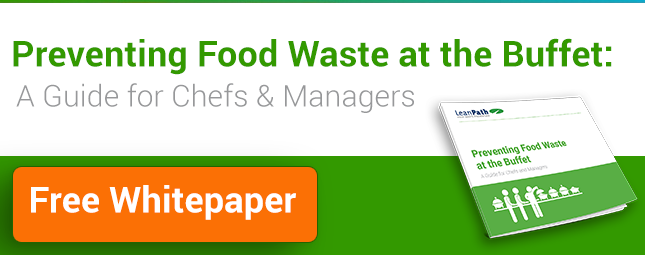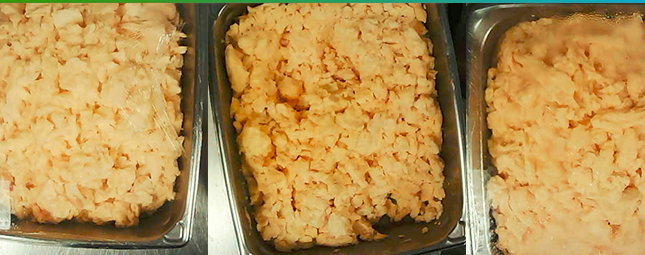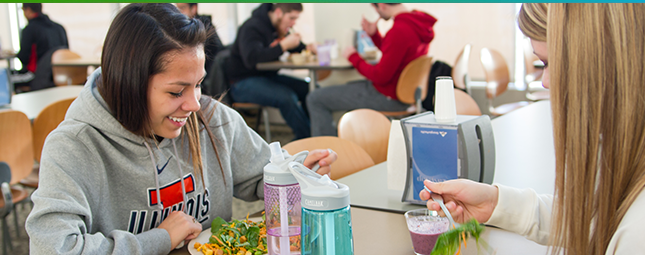Food Waste Intelligence

There are three big reasons the buffet is a key source of food waste. First, it’s challenging to match supply and demand in an all-you-care-to-eat format. The default is overproduction: better to have too much on display than disappoint a customer with too little. Second, a buffet has to be aggressively merchandised. Half empty pans and blank spots on the line kill the look of a bountiful buffet. And third, when faced with that bounty, customers have a hard time gauging their own appetite and will often simply take more than they can ...
Read More >>
The five dining halls on Arizona State University’s Tempe campus turn out close to 12,000 meals per day. They had tracked food waste manually before adopting LeanPath in February 2017. ASU is also using LeanPath's post-consumer waste tracker, Spark. "LeanPath is a lot easier than manual tracking. Easier than we anticipated,” says Aramark foodservice director Kirby Lannom. “I thought it would be difficult to get employees to buy in and use it, but it didn’t take any time.”
Read More >>
This is a recurring feature where LeanPath Executive Chef Robb White examines real food waste images from LeanPath 360s and shares insights based on what he sees. Overproduced scrambled eggs. This is such a common thing to see in our food waste photography. Breakfast buffets—or buffets in general—are difficult to match production to demand. Plus you've got the additional concern of having a visually bountiful spread. A recipe for waste. Eggs are often mass produced in the morning in big batches that aren’t justified by sales, but that...
Read More >>
Based on LeanPath data, colleges and universities generate between 4-10 percent pre-consumer food waste (by value, as a percentage of food purchases). Post-consumer food waste--or plate waste--is often equivalent to the pre-consumer waste, suggesting between 8-15 percent total food waste.
Read More >>